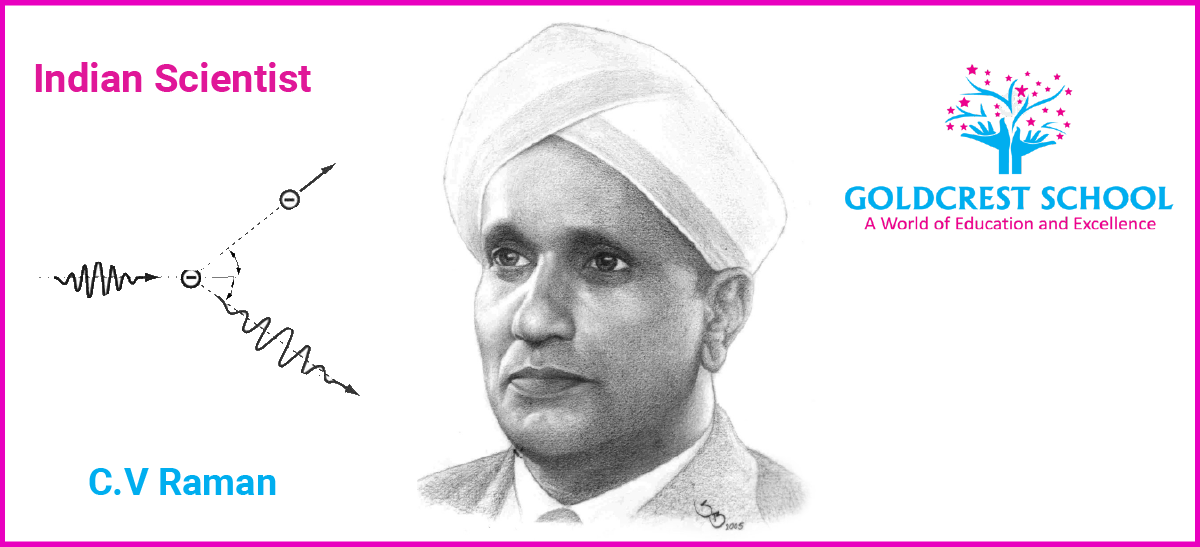![]()

Sir Chandrasekhara Venkata Raman was well-known for his contribution in physics. He lived around 80 years (1888- 1970). Known for his contribution on scattering of light rays and invention of Raman Effect. He was awarded by a Noble Prize in 1930 for his contribution in Physics.
Raman was born in Tiruchirapalli of Tamil Nadu state. His father’s name was Chandrasekhara Iyer and he worked as a lecturer of Physics and Mathematics subjects. His schooling was from St. Aloysius Anglo high school. He completed his Bachelors and Master’s from Presidency College. Raman was admirable student at both school and college level. He did various researches in the world of physics.
In 1907 Raman cleared his Civil Services and he was appointed as Deputy Accountant General in Calcutta. Later he was married to Lokasundar Ammal. In 1917 he resigned as Deputy Accountant and he took up Palit Professorship in physics from Calcutta University.
Raman illustrated the phenomena of scattering light. He demonstrated an example, when a light enters into dark room from a small region. Dust particles in the air can be seen clearly in the light incident area. This is also known as Raman Effect and reflected a great influence on physics.
Raman identified Compton’s work on scattering X-rays; he concluded that Compton’s effect can be applicable on light rays. He started his experiments to create an opinion. Raman’s period in Calcutta University is immersed with intellectual excitement and discoveries. He had inadequate lab facility. He became popular and there were many honours across his name for his significant experiments. Later he was invited to California Institute of Technology for research purposes.
He was considered as a knighthood by the British Government in 1927. In 1928, he put forwarded his discovery called “Raman Effect” in scientists meeting held in Bangalore. Raman was designated as a director of Indian Institute of Science in Bangalore. He remained in Calcutta University till 1948. After his retirement from university, he was a head of Raman Research Institute in Bangalore. His passion on physics was admirable by his students and colleagues.
After independent India, new government had designated him as First National Professor. He won Bharat Ratna in 1954 and also holder of Lenin Peace Price in 1957.
Raman continued his experiments and discoveries from Raman Research Institute. His death was sudden and unexpected on 21 November 1970.
Sir CV. Raman was an inspirational man for our future generations. He was passionate with his work; he immersed himself in identifying new things. Raman Effect was one his biggest achievements and his contribution in world of physics is useful for future experiments. Raman was interested in experimenting on optics on colloids, physiology of human vision, electrical and magnetic anisotropy. He also worked on acoustics of musical instruments.
According to Sir C V Raman, scientific research is based on hard-work and independent thinking not on equipment and facilities. Government had declared 28th February as a National Science Day to honor his work.
